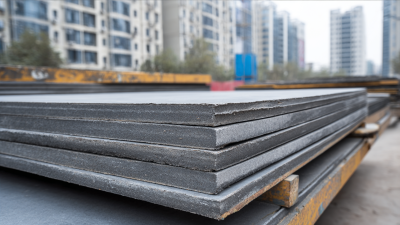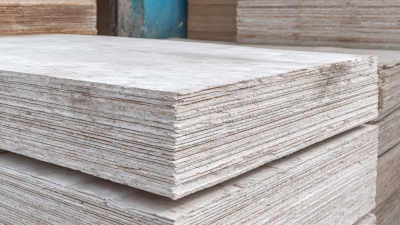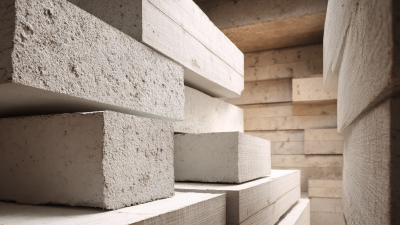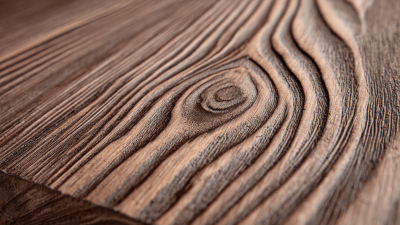5 Best Reasons to Choose Fiber Cement Partition Board for Your Next Project
 In the ever-evolving construction industry, the choice of materials can significantly impact project outcomes in terms of durability, cost, and environmental sustainability. One material that has gained remarkable recognition is the Fiber Cement Partition Board. According to the Global Compounding Materials Market Report, the demand for lightweight yet sturdy building materials is projected to grow by 8% annually through 2025. Fiber cement boards stand out in this context due to their exceptional resistance to moisture, fire, and pests, making them an ideal solution for interior and exterior applications. Additionally, a study from the National Association of Home Builders reveals that buildings using fiber cement products not only achieve a higher energy efficiency rating but also offer a longer lifecycle compared to traditional materials. This blog will delve into the five best reasons to choose Fiber Cement Partition Board for your next project, highlighting its advantages over conventional options and underscoring its value in modern construction practices.
In the ever-evolving construction industry, the choice of materials can significantly impact project outcomes in terms of durability, cost, and environmental sustainability. One material that has gained remarkable recognition is the Fiber Cement Partition Board. According to the Global Compounding Materials Market Report, the demand for lightweight yet sturdy building materials is projected to grow by 8% annually through 2025. Fiber cement boards stand out in this context due to their exceptional resistance to moisture, fire, and pests, making them an ideal solution for interior and exterior applications. Additionally, a study from the National Association of Home Builders reveals that buildings using fiber cement products not only achieve a higher energy efficiency rating but also offer a longer lifecycle compared to traditional materials. This blog will delve into the five best reasons to choose Fiber Cement Partition Board for your next project, highlighting its advantages over conventional options and underscoring its value in modern construction practices.
Key Advantages of Fiber Cement Partition Boards in Modern Construction
Fiber cement partition boards have surged in popularity within modern construction, thanks to their impressive advantages that cater to various building requirements. One of the key benefits of these boards is their exceptional durability. Unlike traditional materials like wood or drywall, fiber cement boards resist moisture, fire, and pests, making them an ideal choice for both interior and exterior applications. This durability not only extends the lifespan of the partitions but also reduces long-term maintenance costs, a crucial aspect for both residential and commercial projects.
Another significant advantage of fiber cement partition boards is their environmental impact. These boards are typically made from sustainable materials and contribute to energy efficiency. Their inherent insulation properties help regulate temperature and reduce energy consumption in buildings, making them an eco-friendly option. Additionally, fiber cement boards are lightweight and easy to install, which streamlines the construction process, ultimately saving time and labor costs. By opting for fiber cement partition boards, builders can achieve a balance between strength, sustainability, and efficient project execution.

Durability and Longevity: Why Fiber Cement Outlasts Traditional Materials
Fiber cement partition boards have gained popularity in construction for their remarkable durability and longevity, especially when compared to traditional materials. Unlike wood or drywall, which can warp, crack, or succumb to moisture damage, fiber cement resists the elements, ensuring that it stands the test of time. This is particularly beneficial in areas exposed to humidity, such as bathrooms and kitchens, where the risk of mold and deterioration is higher.
When considering the installation of fiber cement boards, it's crucial to focus on proper sealing and finishing to enhance their durability. Ensure that joints are correctly sealed with high-quality caulk or tape, which can protect the edges from moisture intrusion. Additionally, regular inspections and maintenance can prolong the life of these materials, allowing for easy identification of any potential issues before they escalate.
Moreover, think about the overall design when incorporating fiber cement into your project. This material is not only functional but also aesthetically versatile, allowing you to achieve a modern look without compromising on strength. Consider using it in combination with insulation solutions for improved energy efficiency, making fiber cement an excellent choice for those looking to marry durability with eco-friendliness.
Sustainability Factors: Eco-Friendly Benefits of Fiber Cement Solutions
Fiber cement partition boards are becoming an increasingly popular choice in construction, particularly for those prioritizing sustainability. One of the standout eco-friendly benefits of fiber cement solutions is their durability. Unlike traditional materials, fiber cement is resistant to moisture, pests, and fire, significantly reducing the need for replacements and maintenance. This longevity not only saves resources but also minimizes waste, aligning with the growing trends in the green building materials market, which is projected to reach a remarkable USD 479.69 billion by 2033.
Sustainability is further enhanced through the manufacturing process of fiber cement boards, which typically incorporates recycled materials. This not only lessens the environmental impact associated with production but also contributes to the overall circular economy. Additionally, fiber cement boards can help improve energy efficiency in buildings by offering better insulation properties compared to conventional materials. As the global focus on eco-friendly construction methods intensifies, choosing fiber cement for your next project could provide both environmental and economic advantages, making it a wise investment in sustainable building practices.
5 Best Reasons to Choose Fiber Cement Partition Board for Your Next Project
| Reason |
Description |
Eco-Friendly Benefit |
| Sustainability |
Fiber cement is made from natural materials, minimizing environmental impact. |
Utilizes renewable resources. |
| Durability |
Resistant to pests, fire, and water damage, ensuring long-lasting use. |
Reduces need for frequent replacements. |
| Energy Efficiency |
Good insulation properties can enhance energy savings in buildings. |
Lowers carbon footprint over time. |
| Low Maintenance |
Requires minimal upkeep compared to other materials. |
Contributes to reduced waste and resource use. |
| Recyclability |
Can be recycled at the end of its life cycle, limiting landfill waste. |
Promotes circular economy practices. |
Cost-Effectiveness: Long-Term Savings with Fiber Cement Board Investment
When considering materials for your next construction project, fiber cement partition board stands out as a cost-effective option that guarantees long-term savings. According to a report by the National Institute of Standards and Technology, fiber cement boards offer a lifespan of over 50 years compared to traditional materials, which typically last around 20-30 years. This durability translates to reduced replacement and maintenance costs over time, making them a wise investment for both residential and commercial properties.
In addition to their longevity, fiber cement boards require minimal maintenance, further enhancing their cost-effectiveness. A study from the American Society of Civil Engineers found that maintenance costs for fiber cement products are approximately 30% lower than for wood or vinyl alternatives. This means that not only will you save on installation, but you’ll also benefit from decreased upkeep expenses. With rising material prices and labor costs, choosing fiber cement boards can lead to significant financial advantages, making it a strategically sound choice for any builder or developer looking to optimize their project budget.
Versatility in Design: Creative Applications of Fiber Cement Partition Boards
Fiber cement partition boards offer remarkable versatility in design, making them an ideal choice for a variety of architectural projects. These boards can be used creatively in both residential and commercial settings, allowing designers to experiment with textures, finishes, and forms. Their ability to mimic other materials like wood or stone while providing the robustness and durability of cement enables innovative applications in interior and exterior designs.
 For instance, incorporating fiber cement boards in office spaces can facilitate open layouts with dynamic element divisions that are both functional and aesthetically pleasing.
For instance, incorporating fiber cement boards in office spaces can facilitate open layouts with dynamic element divisions that are both functional and aesthetically pleasing.
As the fiber cement board market continues to grow, projected to reach USD 18.8 billion by 2035, it's clear that architects and builders are increasingly recognizing the potential of this material. The rise of translucent concrete in recent studies highlights a broader trend towards innovative building materials that not only serve practical purposes but also enhance the visual appeal of spaces. By integrating fiber cement partition boards into modern designs, professionals can create stunning environments that showcase creativity while benefiting from the material’s weather resistance and low maintenance requirements.

Products
About Us
Download
News
Blog
Contact Us
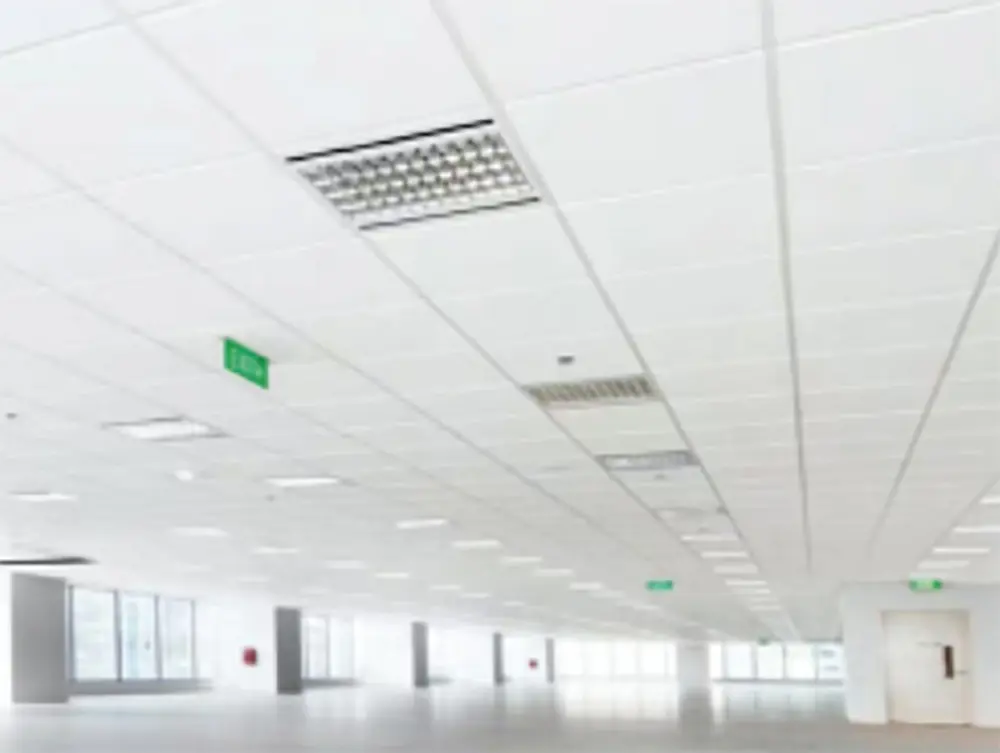 LEAO®Deco Ceiling
LEAO®Deco Ceiling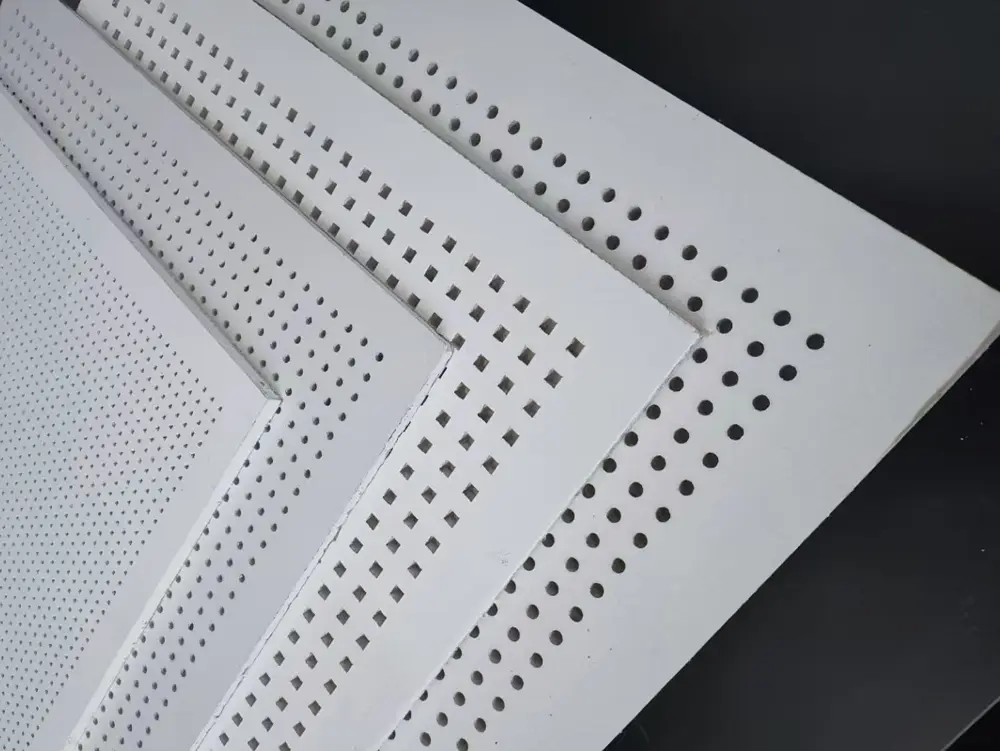 LEAO® Perforated Ceiling
LEAO® Perforated Ceiling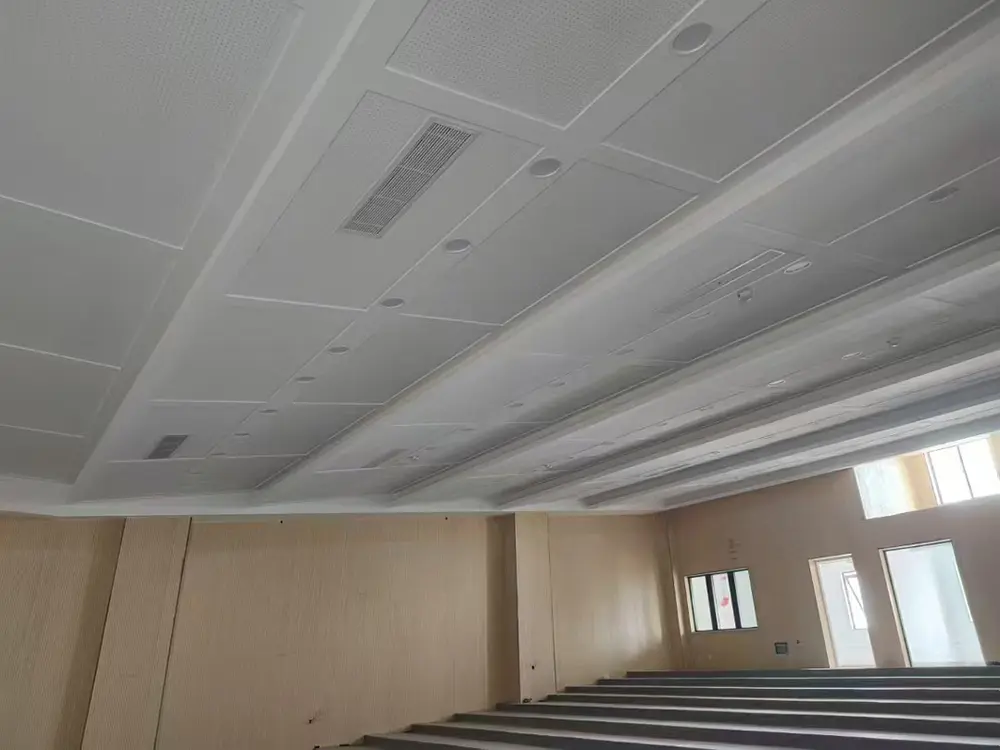 LEAO® Ceiling Board
LEAO® Ceiling Board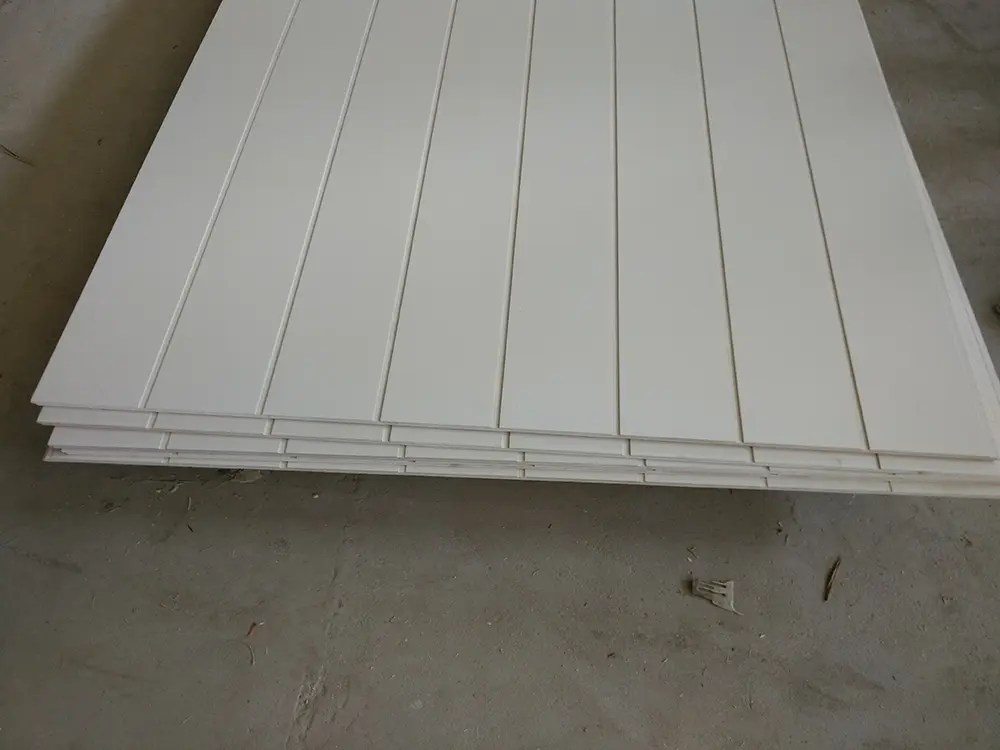 LEAO® Groove Interior Panel
LEAO® Groove Interior Panel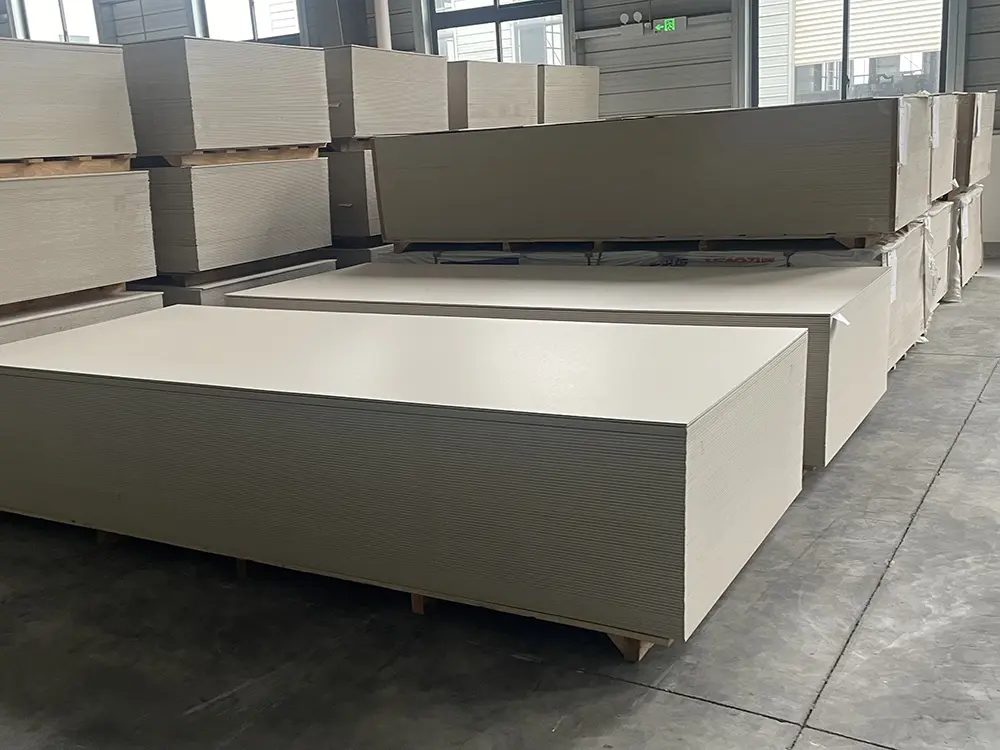 LEAO® Interior Board
LEAO® Interior Board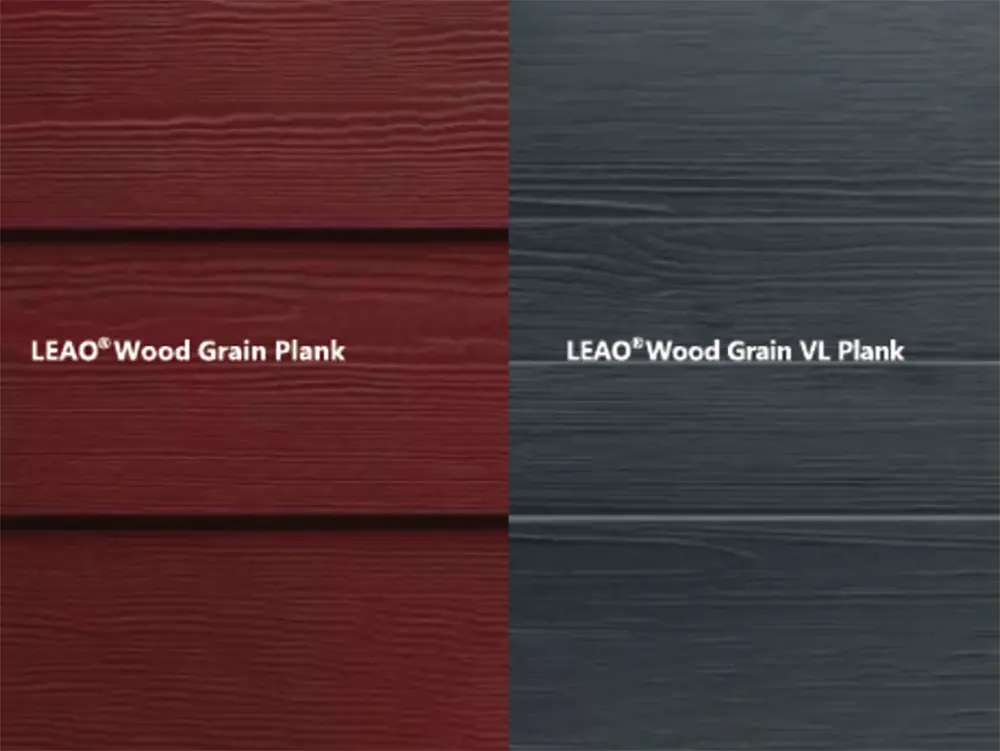 LEAO® Wood Grain Plank
LEAO® Wood Grain Plank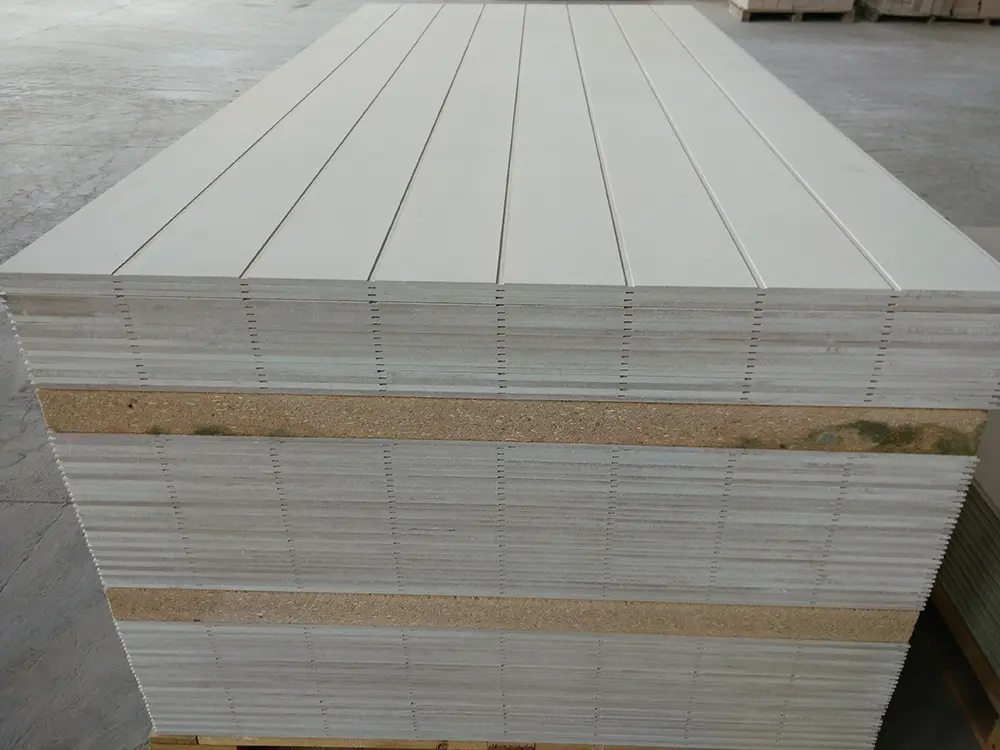 LEAO® Grooved Exterior Panel
LEAO® Grooved Exterior Panel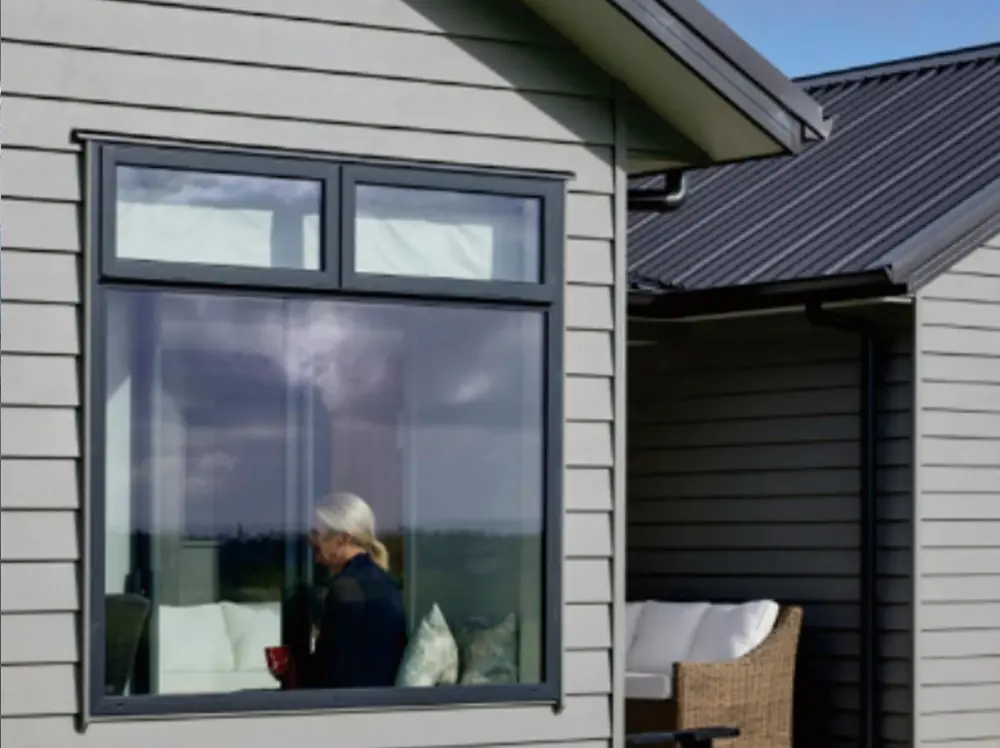 LEAO® Weatherboard
LEAO® Weatherboard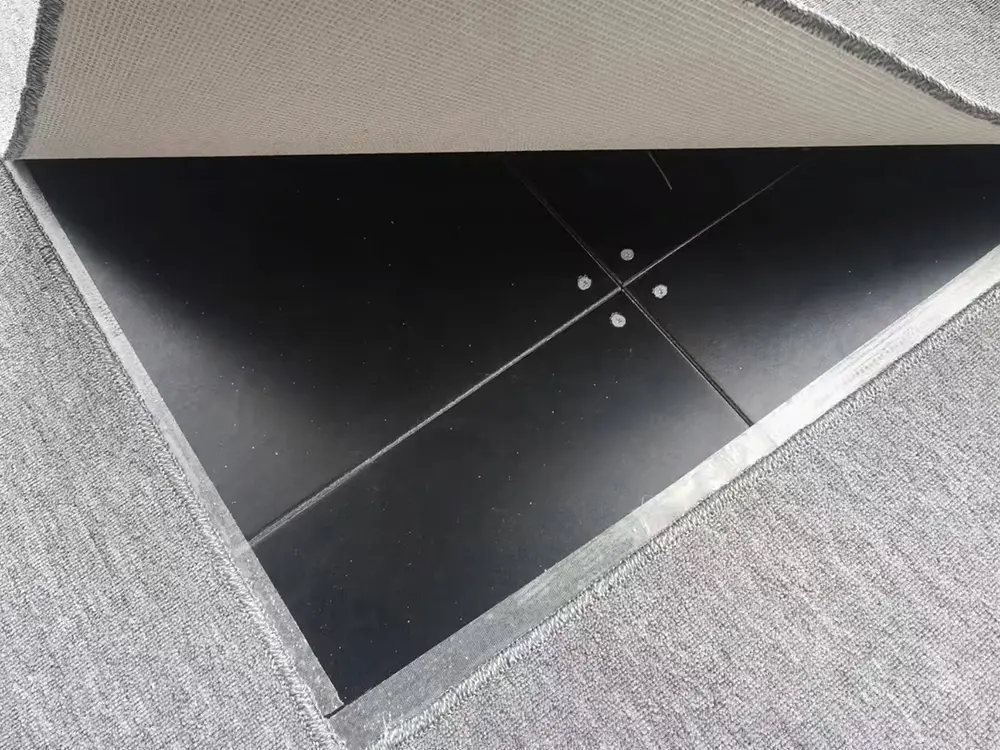 LEAO® Access Floors
LEAO® Access Floors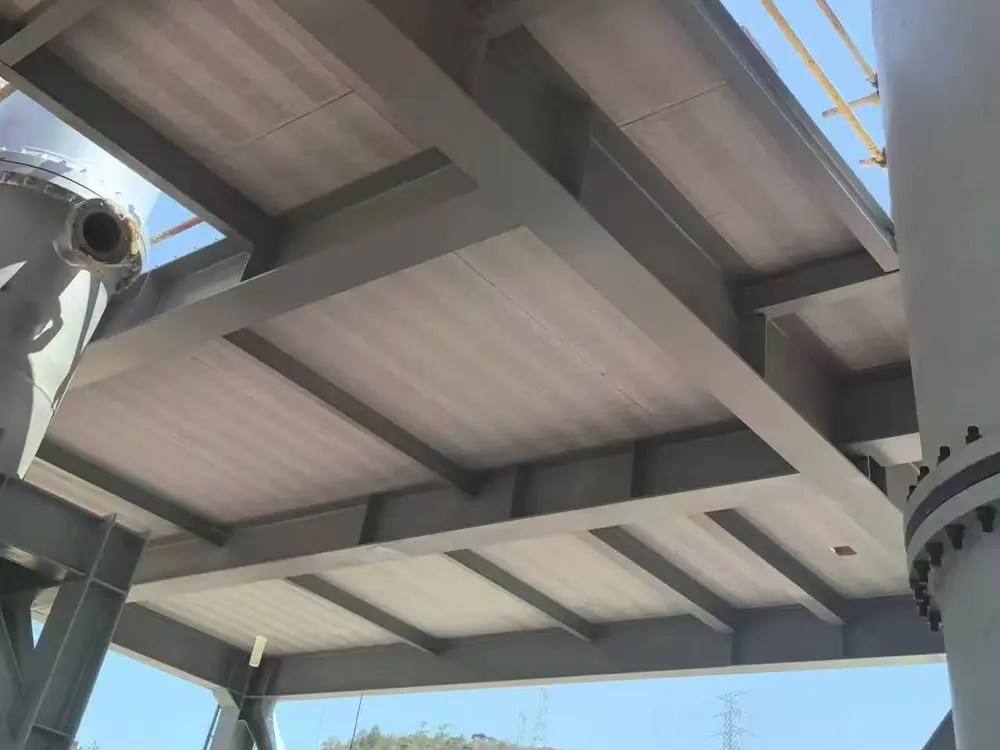 LEAO® Non-removable Formwork
LEAO® Non-removable Formwork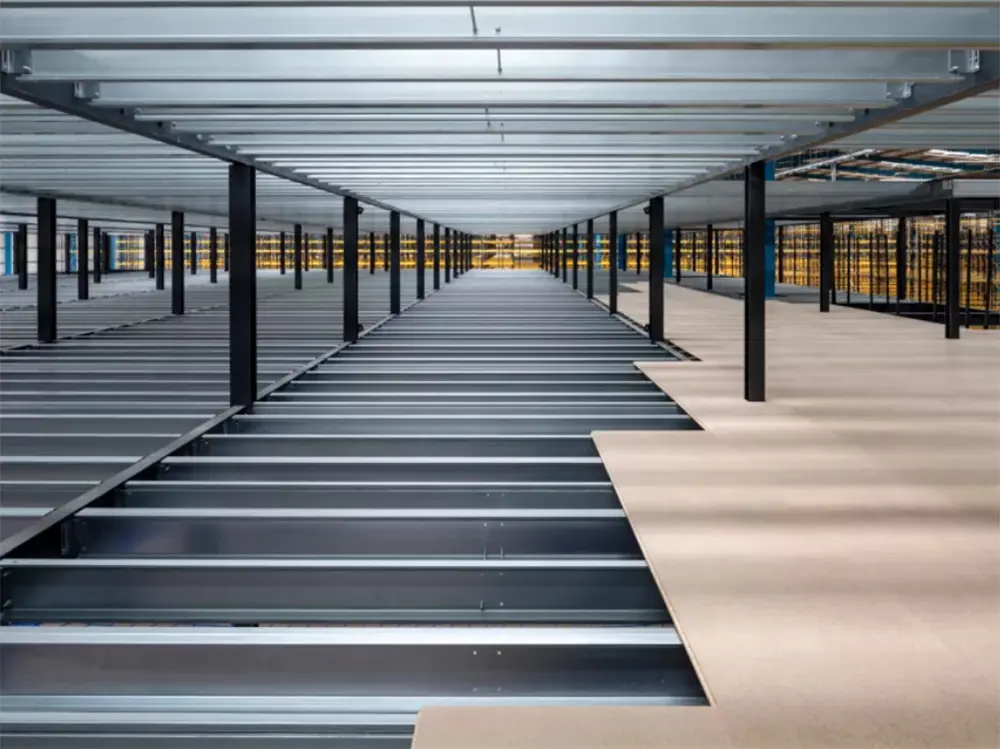 LEAO® Mezzanine Board
LEAO® Mezzanine Board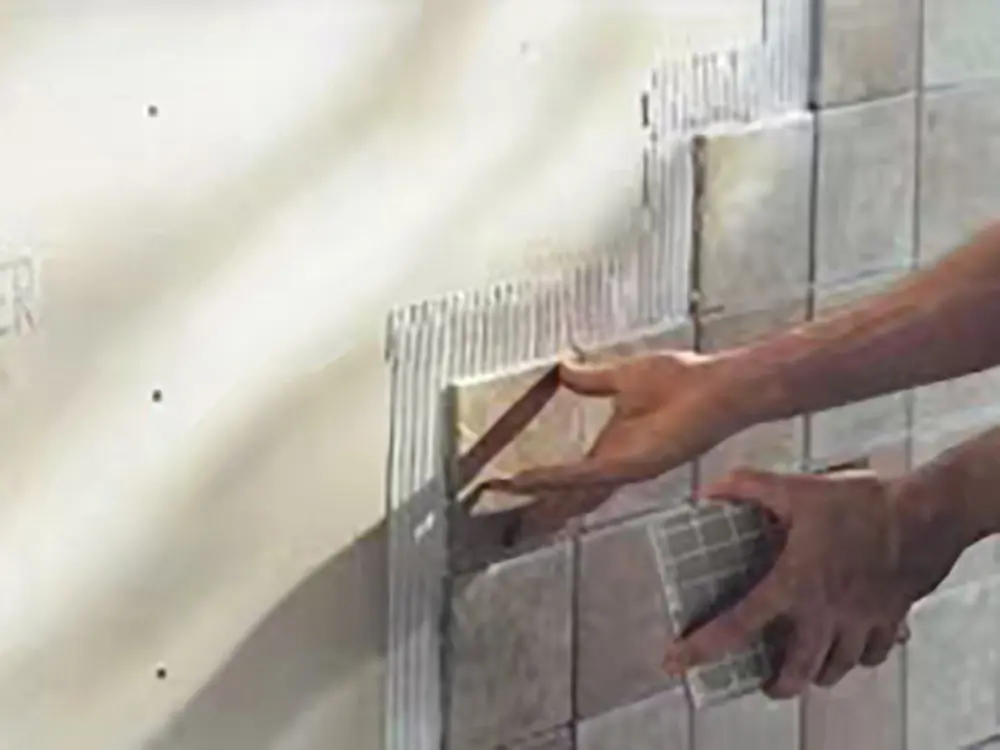 LEAO® Ceramic Tile Underlay
LEAO® Ceramic Tile Underlay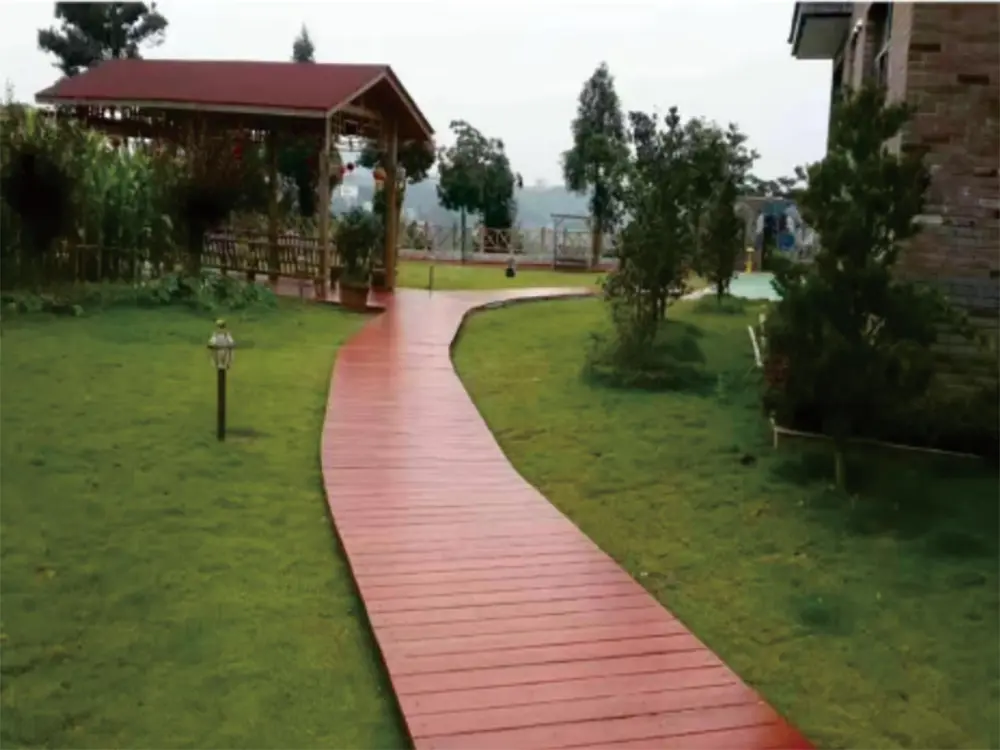 LEAO® Floor Plank
LEAO® Floor Plank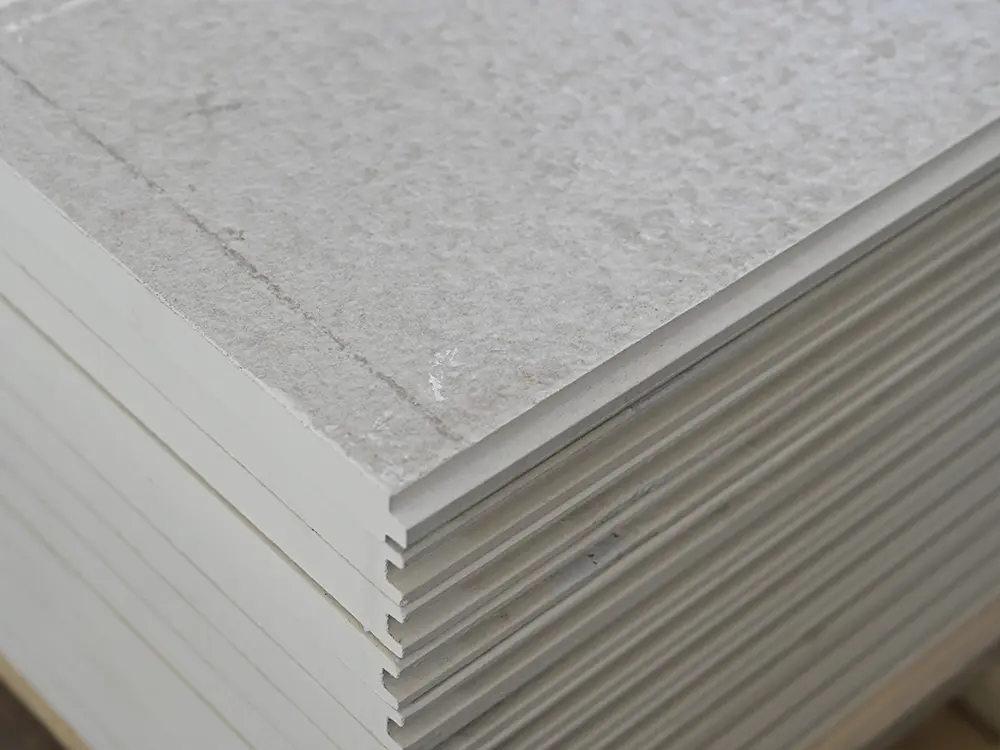 LEAO® Flooring
LEAO® Flooring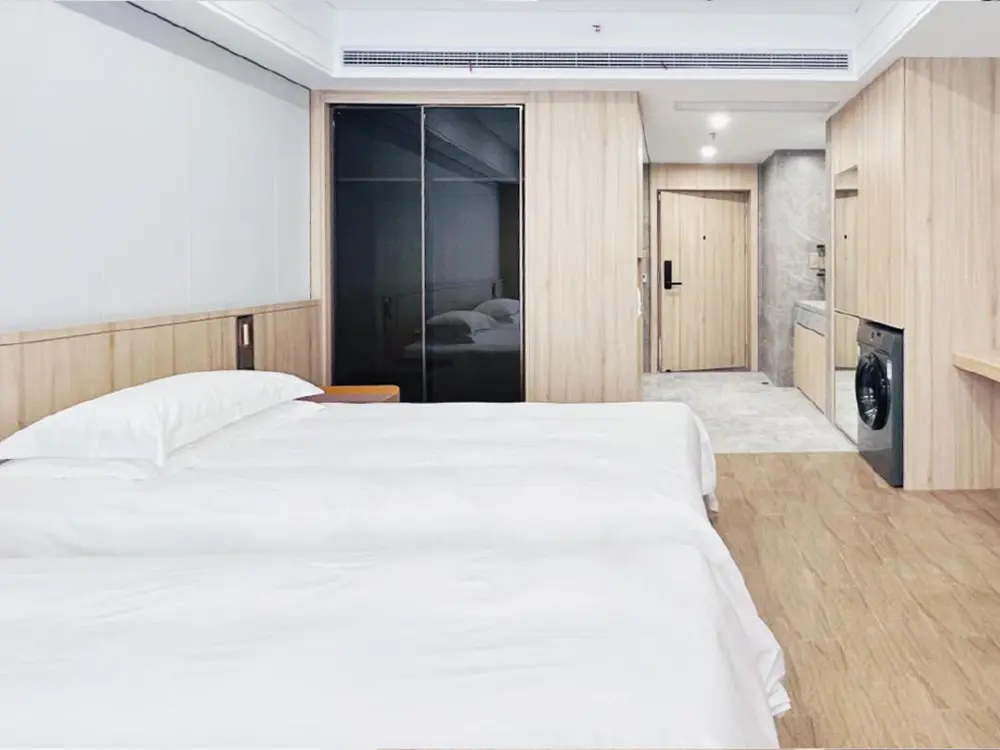 LEAO® Wood Style Decorative Panel
LEAO® Wood Style Decorative Panel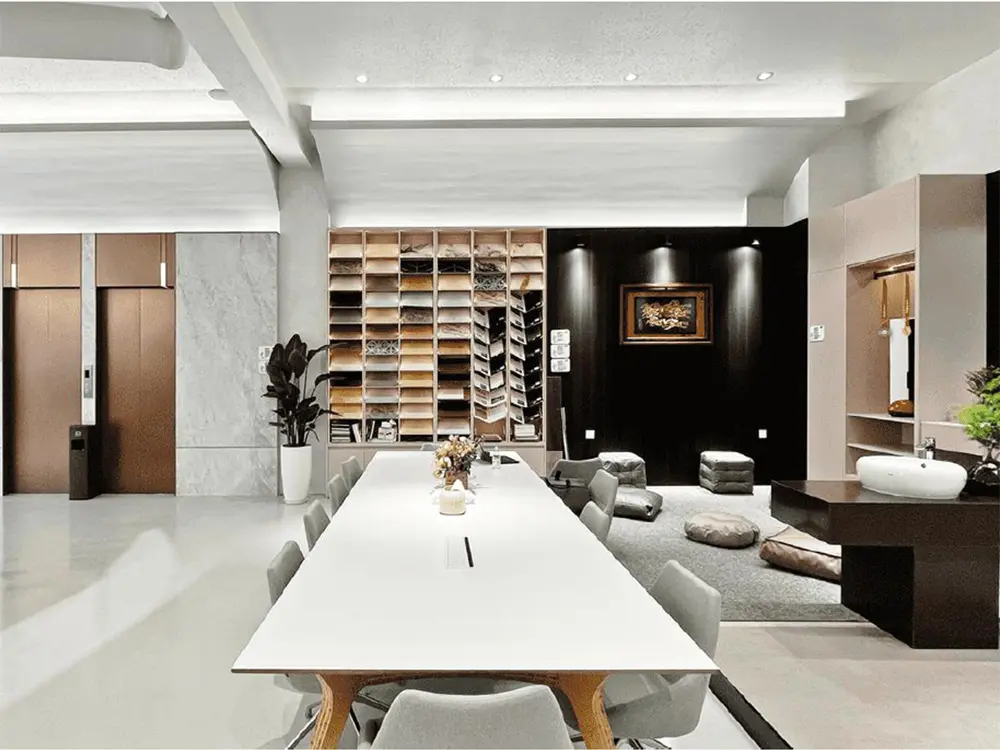 LEAO® Stone Style Decorative Panel
LEAO® Stone Style Decorative Panel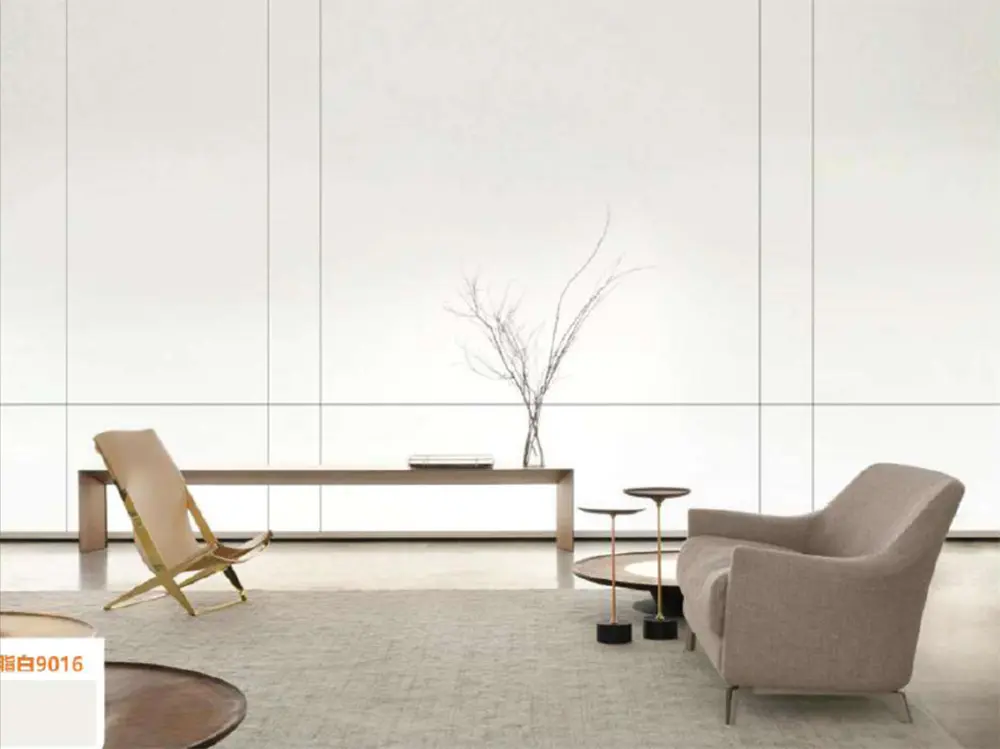 LEAO® Pure Style Decorative Panel
LEAO® Pure Style Decorative Panel In the ever-evolving construction industry, the choice of materials can significantly impact project outcomes in terms of
In the ever-evolving construction industry, the choice of materials can significantly impact project outcomes in terms of 
 For instance, incorporating fiber cement boards in office spaces can facilitate open layouts with dynamic element divisions that are both functional and aesthetically pleasing.
For instance, incorporating fiber cement boards in office spaces can facilitate open layouts with dynamic element divisions that are both functional and aesthetically pleasing.
